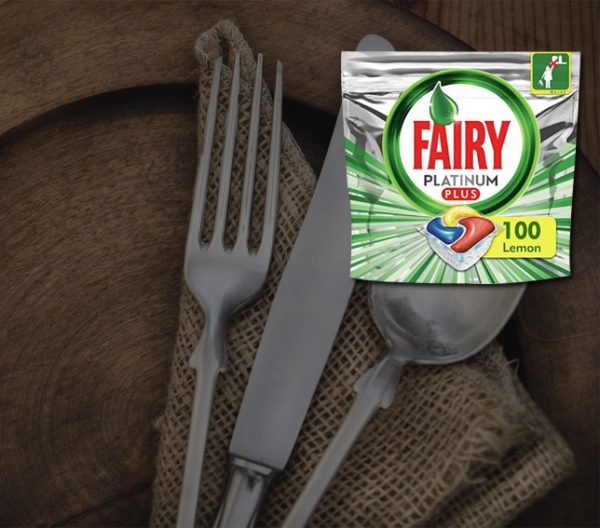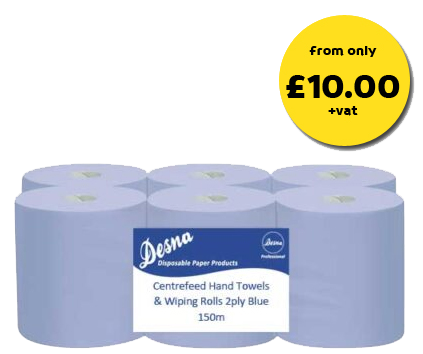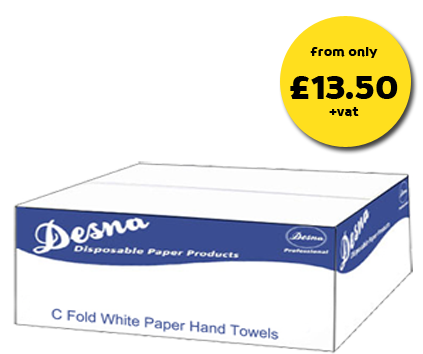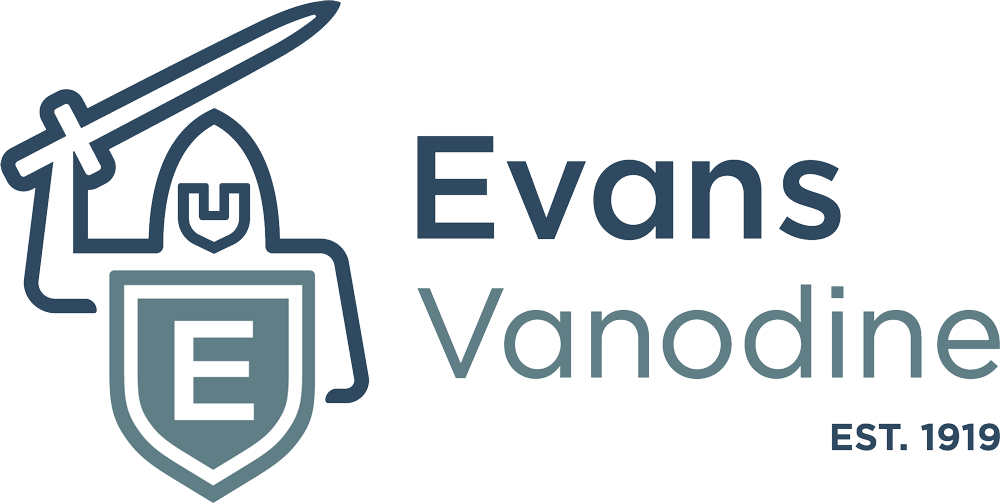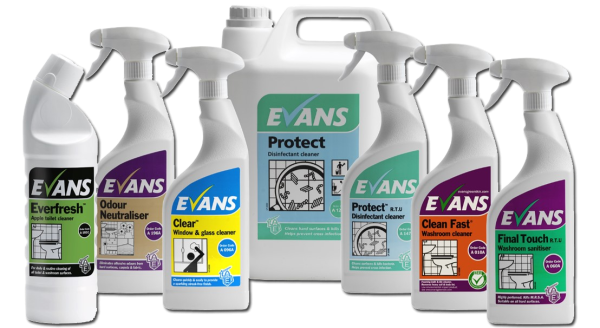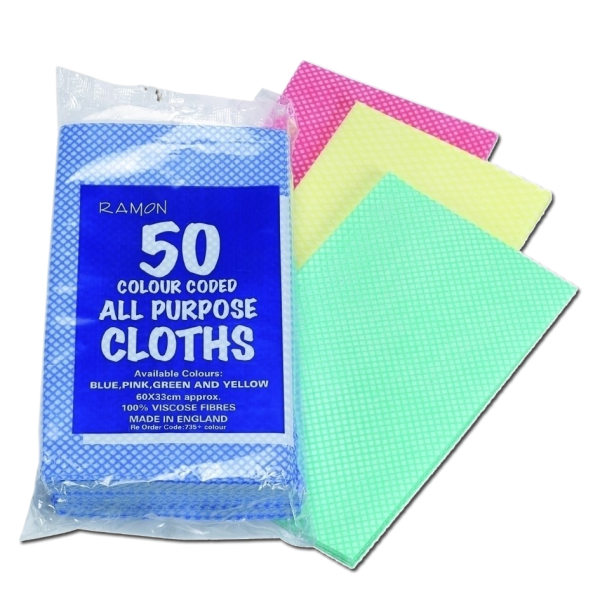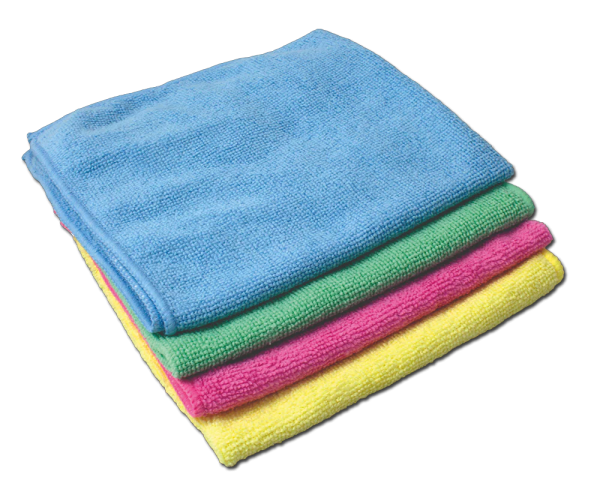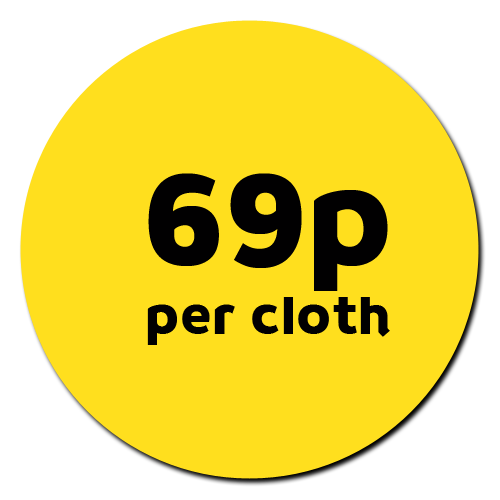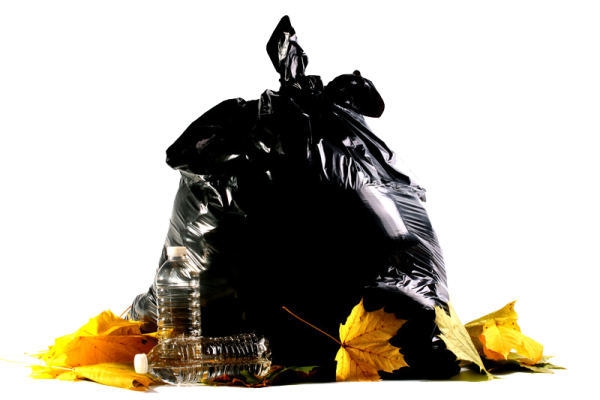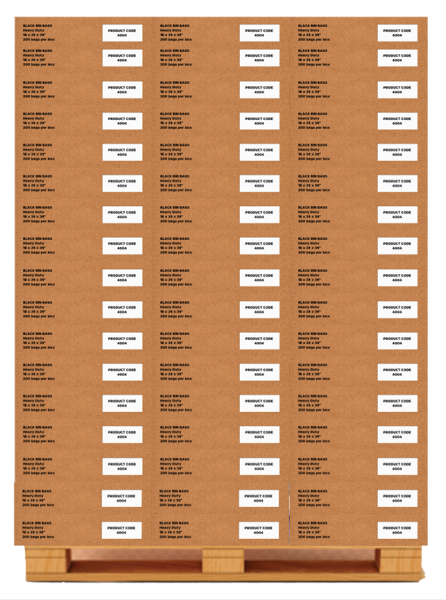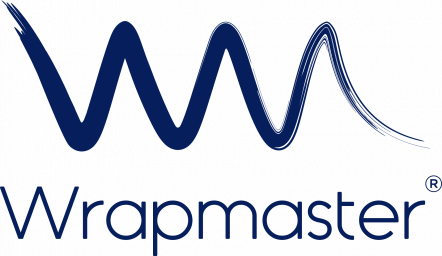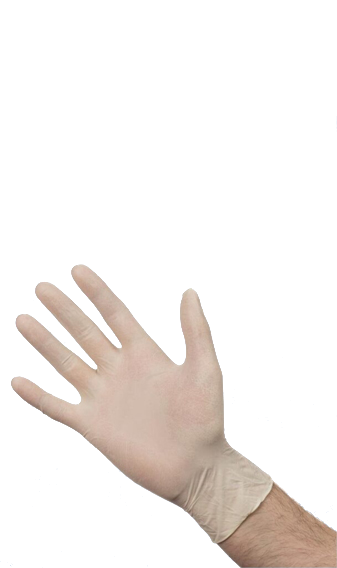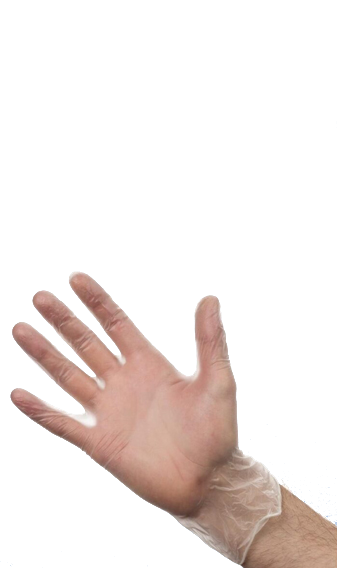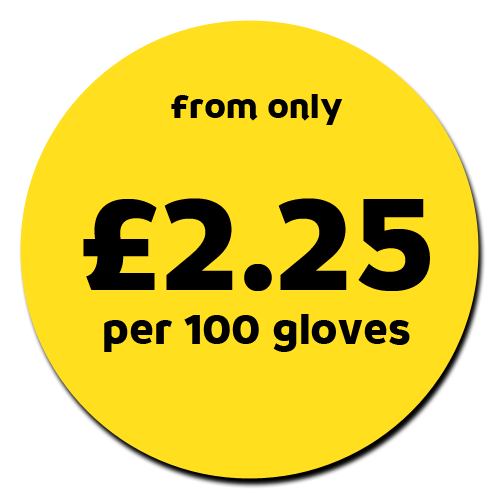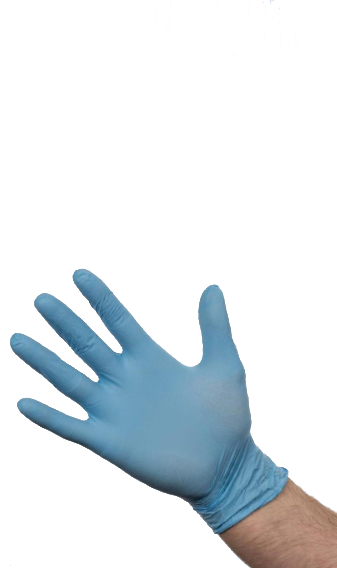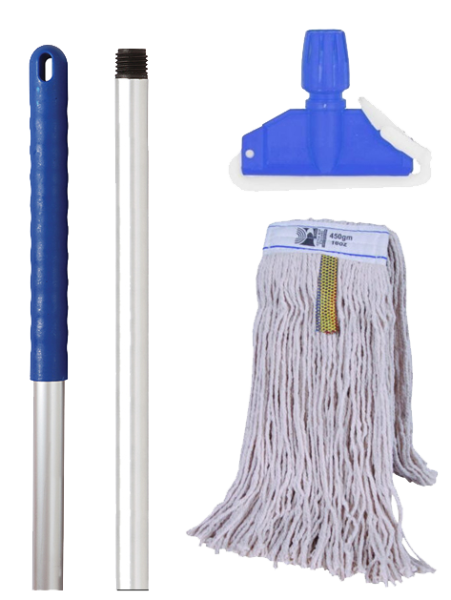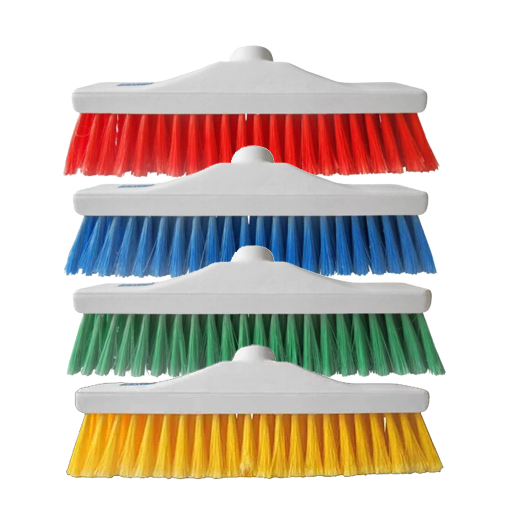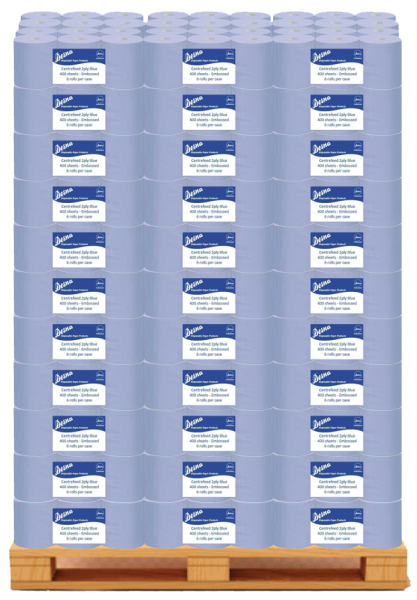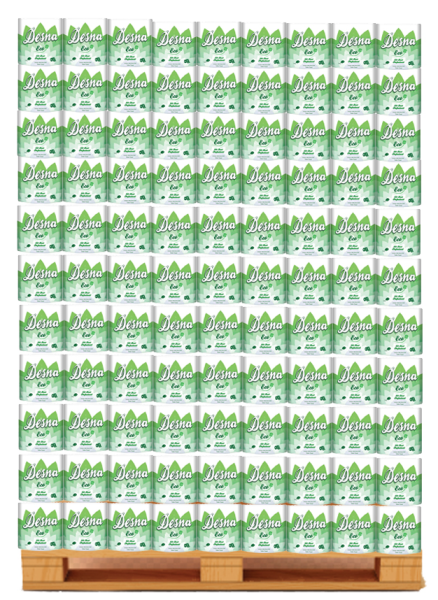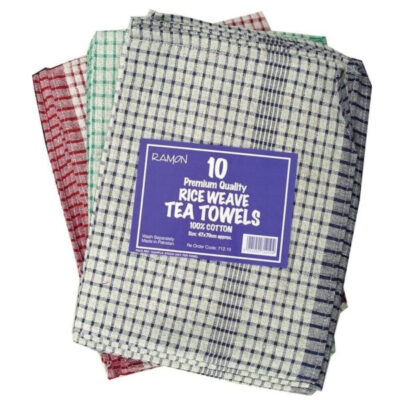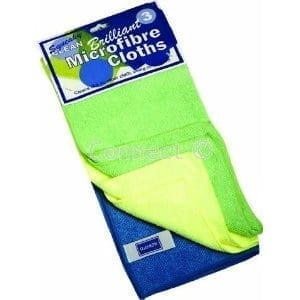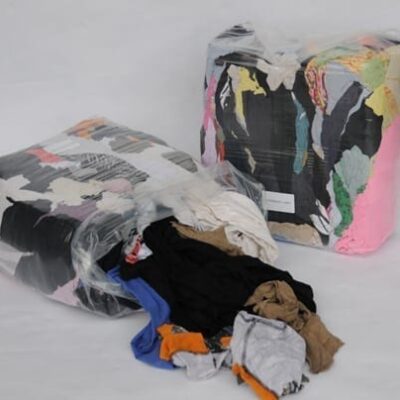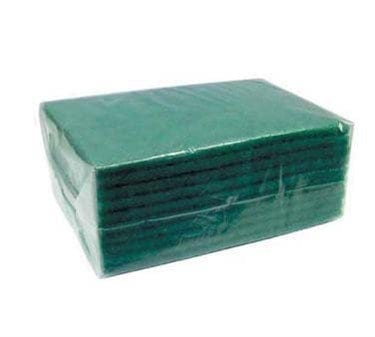Textiles are materials made from fibers that are woven, knitted, or otherwise constructed to form fabric or cloth. They have been a fundamental part of human civilization for thousands of years, serving a wide range of purposes, from providing clothing and shelter to industrial and decorative applications. In this context, let’s explore textiles, including rags, cloths, dusters, and scourers:
- Rags:
- Rags are small pieces of fabric that are usually no longer suitable for their original purpose, such as clothing or linens.
- They are often made from discarded or worn-out textiles.
- Rags have various uses, including cleaning, polishing, and in some industries, as disposable wiping materials.
- In households and industries, rags are often used for cleaning surfaces, machinery, and spills.
- Cloths:
- Cloths are larger pieces of fabric that can be used for various purposes, including clothing, home textiles, and industrial applications.
- The choice of cloth can vary based on the type of fiber used (e.g., cotton, linen, wool, silk) and the weave or knit pattern (e.g., plain, twill, satin).
- Cloths are commonly used for making clothing, bed linens, curtains, and more.
- Different types of cloths and dusters may be chosen for their specific characteristics, such as warmth, breath-ability, or durability.
- Dusters:
- Dusters are specialized cleaning tools designed to remove dust and debris from surfaces.
- They can be made from a variety of materials, including microfiber, cotton, or synthetic fabrics.
- Dusters come in various forms, such as handheld dusters with long handles, disposable dusters, and washable dusters.
- They are used in household cleaning to keep surfaces, furniture, and electronics free from dust.
- Scourers:
- Scourers are abrasive cleaning tools used to remove tough stains, grime, and debris from various surfaces.
- They can be made from metal, plastic, or natural fibers like coconut or steel wool.
- Scourers are commonly used in the kitchen for cleaning cookware and utensils, as well as in industrial settings for tasks like cleaning machinery.
- Scourers should be used with caution to avoid damaging delicate surfaces.
Textiles, including rags, cloths, dusters, and scourers, are essential for maintaining cleanliness and hygiene in both households and industrial settings. The choice of textile material and design can vary widely depending on the specific application and the desired characteristics, such as absorbency, abrasiveness, or durability. Additionally, advancements in technology and materials have led to the development of specialized textiles that offer improved performance and sustainability.

